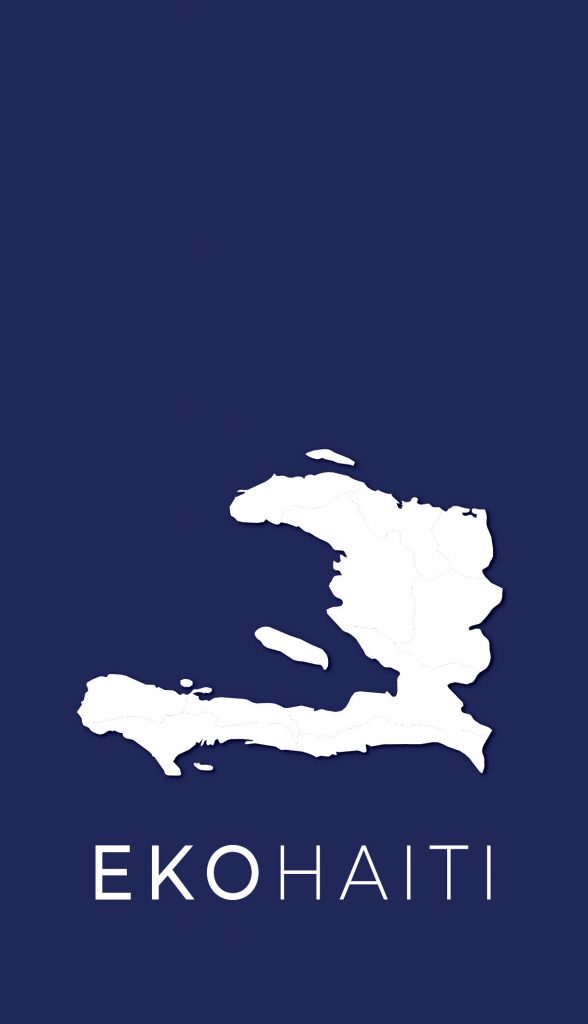It is with regret and sadness that I report the death of the great Haitian sculptor Jean Camille Nasson (1961-2008), who died last month. In a country plagued by natural disasters like floods, rampant poverty and political uncertainty, lives are cut short by a multiplicity of factors. And collectors are left wounded by the loss. One of my favorite Haitian art possessions is an angel-devil figure carved of dark wood by Nasson. Its wings are made of metal and its head is festooned with tiny nails around which are wound brassy-colored metal threads. The figure has horns. In front of him is a metal cross attached with nails. Instead of eyes, there are empty sockets. The work is gritty and raw, yet breathtakingly sophisticated. Nasson evoked the duality of good and bad within the same personage. An explanation about this intriguing work came from Haitian art dealer Reynald Lally, who was exhibiting the work of Nasson and other cutting-edge Haitian sculptors several years ago in Miami, Florida. He said that Nasson, as a child, had been molested by a Catholic priest. This sexual attack left him with conflicted feelings about the church, which obviously were manifest in my sculpture. Lally, who lives in Haiti, was kind enough to write about Nasson in an email to me: “His work with sculpture began at the age of eight, when a Catholic priest showed him how to make religious sculptures. He became friends with Haitian contemporary artist Mario Benjamin who showed him art books. “Nasson started doing figures carved out of wood. He added nails, metals and other found materials. He made devils and Virgins Marys with antennas. I asked him why he placed antennas on his figures and he answered, ‘So they can send and receive messages.’ “His work can be found in museums around the world including Casas de Americas in Havana, Cuba, the Vatican collection in Italy and the Waterloo Center for the Arts in Waterloo, Iowa, among other places. The new stars of Haitian art from the Grand Rue — Guyodo, Celeur and Eugene — were highly influenced by Nasson. He always had a smile on his face. That is how I will remember him.” Nasson’s remarkable sculptures were seen in the landmark Haitian sculpture exhibition “Lespri Endepandan: Exploring Haitian Sculpture” at Florida International University’s main museum in Miami, Florida several years ago, Writing for City Link newspaper at the time, I called these mixed media figures fetishistic and born of influences from Christianity and Vodou. Nasson’s sculptures held their own amidst works by Georges Liautaud, Lionel St. Eloi, Pierrot Barra and Edouard Duval-Carrie, among many others. Nasson was a titan and a true original in the ever-evolving Haitian art scene.
Open Source Archives
We strive to facilitate interdisciplinary collaboration and the implementation of progressive and participatory research methods, with the goal of generating tangible, durable changes in the way research about Haiti is conceptualized, implemented and applied.

ABOUT US
Research Hub & Open Source Archives
EKO HAITI Research Hub is a research and knowledge mobilization platform focused on creative, collaborative and interdisciplinary research and associated research-based learning. We aim to become the intellectual “home” for research about Haiti by creating and providing open access to the largest crowdsourced research archive dedicated to Haiti, by fostering cross-disciplinary research and innovation, and by providing support for progressive research in the form of contextual expertise and training.
“The trees fall from time to time, but the voice of the forest never loses its power. Life begins.”
Jacques Alexis, Les Arbres Musiciens (Paris, 1957)





ORAL HISTORIES
Oral histories are a powerful tool in developing historical understanding
Oral history offers an alternative to conventional history, filling gaps in traditional research with personal accounts of historically significant events or simply life in a specific place and time. Oral histories do more than provide charming details to dry historical accounts. In fact, oral histories help others recapture lived experiences that are not written down in traditional sources.
> Transcripts archive

" Bwa pi wo di li wè lwen, men grenn pwomennen di li wè pi lwen pase l "
The tallest tree says that it sees far, but the seed that travels says that it sees even further.
GET INVOLVED
Support EKO HAITI
As an independent institute, we rely on crowdsourcing and donations to continue expanding the depth and scope of our archives. Your contribution enable us to provide open access to a vast collection of ethnographic and research material which in turn aims at fostering further research and contribute to a better understanding of the country.

